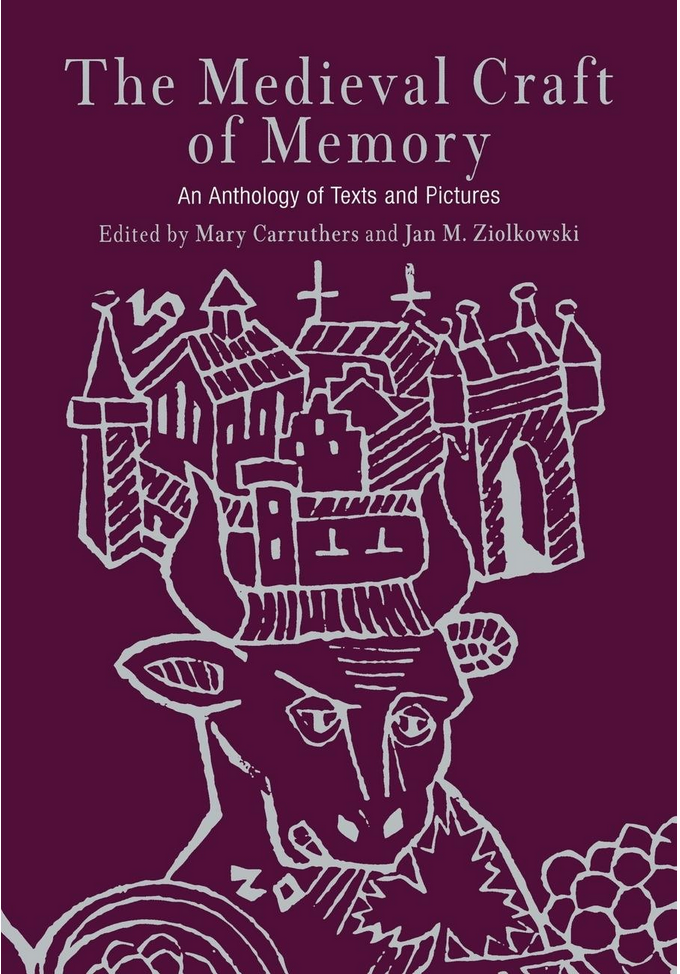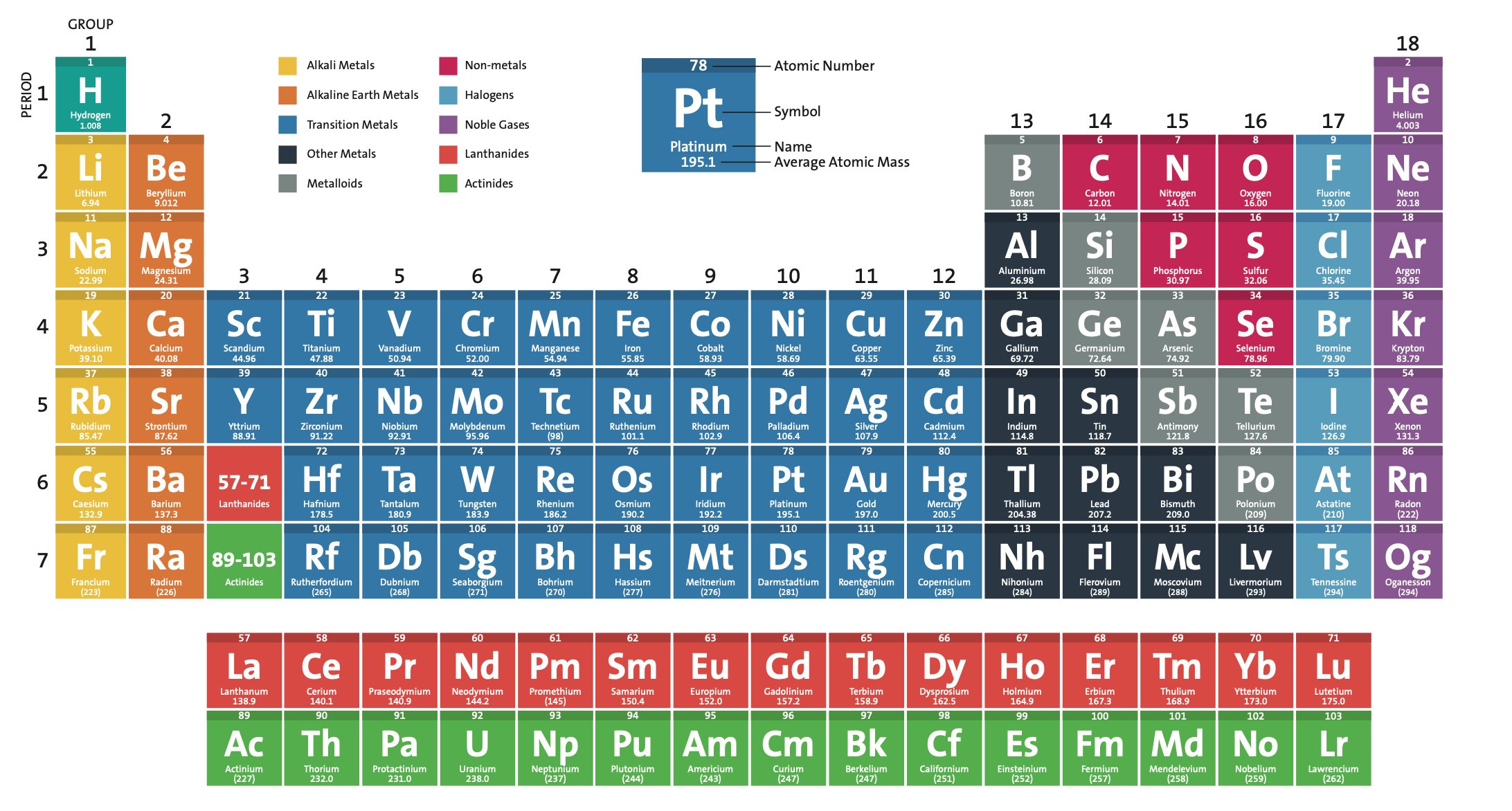The Power of Memory Palaces for Vocabulary Learning
A hands-on guide to method of loci and sequential recall
Published on
Part of the series: An Overview of Memory Palaces
Constructing Your Mental Estate
Memory palaces, a mnemonic technique employed for millennia, were of of prime importance in Antiquity and throughout the Middle Ages for any intellectual professional – be it a lawyer structuring a complex argument, a jurist recalling extensive legal codes, or a theologian navigating vast scriptural and philosophical texts – who required immediate, reliable access to a large body of facts without external aids. The historical spread of the method of loci, as it was also known, is evidenced in a large body of scholarship.

The process of constructing a memory palace is straightforward. Begin by visualizing a location intimately familiar to you; the castle where you grew up, for instance (if like a Renaissance prince you were always on the move from castle to castle, just pick the most capacious one). This place serves as your foundational structure. To store information – for example, items on a grocery list like oranges – you mentally place a vivid, memorable image representing "oranges" at a specific, easily identifiable spot within your chosen location, such as the living room mantelpiece. To enhance recall and link multiple items or details, you create exaggerated, often bizarre interactions. Imagine a cookie shoved into an orange, with a tube of toothpaste dangling impossibly above the scene.
When it's time to retrieve the information, you mentally "walk through" your familiar location. Upon arriving at the designated spot – the living room mantelpiece in this instance – the eccentric image you constructed will serve as a powerful mnemonic trigger, bringing the associated items to mind.
This technique leverages the extraordinary power of our visual and spatial memory. The human brain is inherently adept at remembering places and images tied to those places. By associating information with vivid images located at specific places, it becomes remarkably sticky and resistant to forgetting. This is precisely how memory athletes perform their astonishing feats of memorization, well beyond conventional capabilities.
Sequential Learning: Beyond Random Flashcards
As I discussed in my previous piece on the inherent frustrations of Anki, memory palaces present a compelling alternative to the tedium often associated with atomized, decontextualized learning. Flashcards float in a boundless expanse, unanchored by spatial or thematic structure. Memory palaces, by contrast, harness our sense of space, giving each item a unique, memorable address, and facilitating the arrangement of material in sequential, coherent sets of information. You can recite this information at will, traversing your cherished mental estate as you do. This offers a fundamentally different experience from the random, algorithm-driven presentation of flashcards.
Consider learning the first thirty elements of the periodic table. Using your childhood castle as a memory palace, you might place five elements visualized as interactive images on the mantelpiece, the next five next to a prominent Gothic window, another five by a specific painting, and so on, allocating distinct locations within your palace to manageable chunks of information. The significant advantage here is the ability to study this batch of information using a natural, iterative method akin to traditional, structured learning. You can focus on memorizing elements 1 through 5 by visualizing them (having researched their appearance or devised visual mnemonics), then move to 6 through 10. Crucially, you can then easily review 1 through 5 in order before adding 11 through 15 and reviewing the middle set (6-10), and finally attempting the entire sequence from 1 to 15. This allows you to firmly anchor a segment in your short-term memory and confirm its retention as a connected set before moving on. This organic, cumulative, and iterative study pattern, where you control the sequence and scope of review, is profoundly difficult, if not impossible, to replicate with isolated, immaterial cards on platforms such as Anki, where there is no inherent, perennial order of study tied to a navigable mental landscape.

Compression → consolidation → contentment
With consistent practice, you will observe a form of cognitive compression. Information stored and retrieved multiple times feels increasingly accessible and requires less effort to recall. The mental images solidify and the connections between them become stronger, materializing before your inner eye with increasing speed and clarity during your mental walk-throughs. This allows for swift scaling of the palace: old parts of it take less and less time to inspect, freeing up energy to add new loci.
My personal experience with memory palaces has been highly rewarding. I adopted the botanical garden of my hometown as my primary mental palace. I assigned specific locations – a particular bench, the junction of two pathways, the entrance to the aviary – as loci, placing clusters of approximately five foreign vocabulary words at each. This mental structure has expanded organically as I've added more words, now encompassing around a thousand items.
Achieving perfect, or near-perfect, sequential recall of such a large lexicon is profoundly satisfying. I frequently take mental strolls through different sections of my garden throughout the day, completing a full review of the thousand words approximately once a week. While flashcard practice can leave one with a lingering sense that some knowledge remains tenuous or fragmented, the use of memory palaces instills an exhilarating sense of complete mastery. Although the initial effort to encode information into a memory palace might take slightly longer than creating a simple flashcard, the resultant solidity of the knowledge structure is highly rewarding and reinforces confidence in the method with each review. It provides that tangible, navigable inventory of knowledge that the atomized nature of flashcards sometimes obscures, addressing the uncertainty I've felt regarding the true extent of my accumulated vocabulary.
In forthcoming articles, I will detail how memory palaces can be specifically optimized for foreign vocabulary acquisition and explore how artificial intelligence tools can potentially be leveraged to assist in this process.




